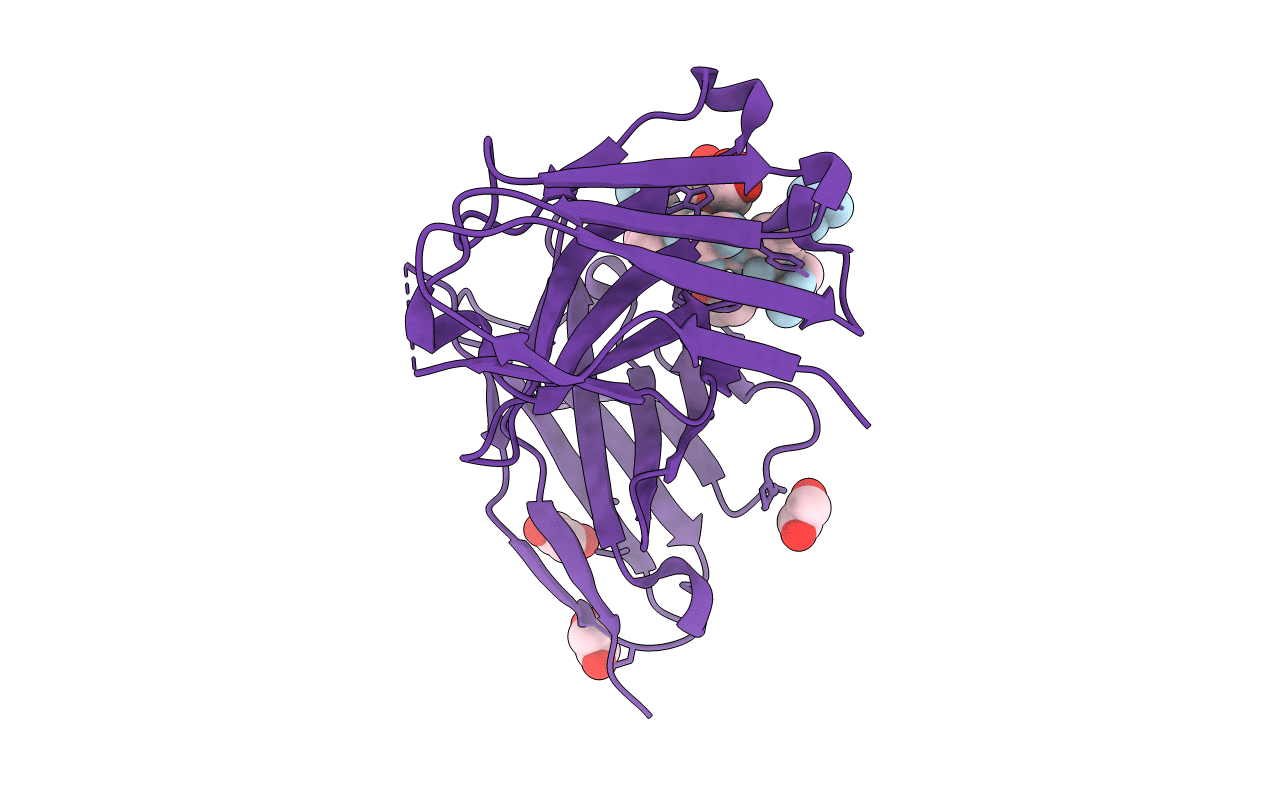
Deposition Date
2018-02-16
Release Date
2019-02-20
Last Version Date
2024-11-06
Entry Detail
PDB ID:
6FRJ
Keywords:
Title:
Crystal structure of scFv-SM3 in complex with APD-SeThrGalNAc-RP
Biological Source:
Source Organism:
Mus musculus (Taxon ID: 10090)
Synthetic construct (Taxon ID: 32630)
Synthetic construct (Taxon ID: 32630)
Host Organism:
Method Details:
Experimental Method:
Resolution:
1.40 Å
R-Value Free:
0.22
R-Value Work:
0.20
R-Value Observed:
0.20
Space Group:
P 21 21 21


